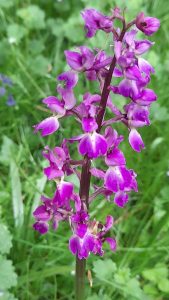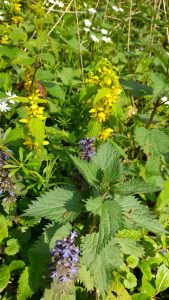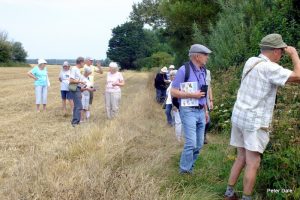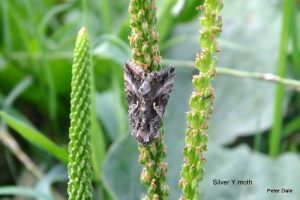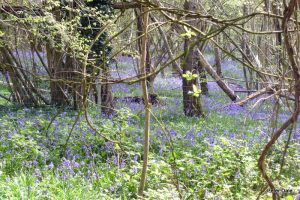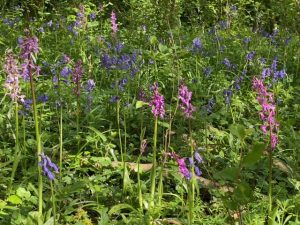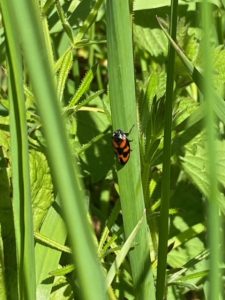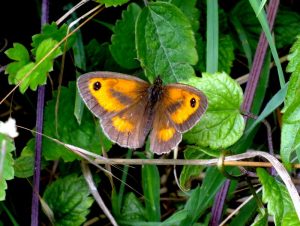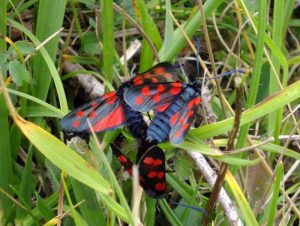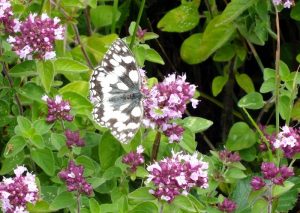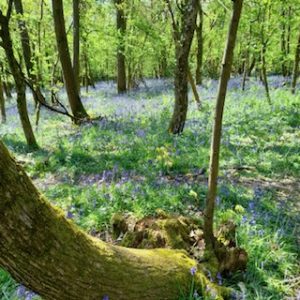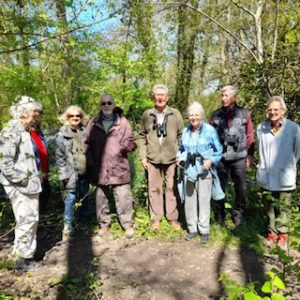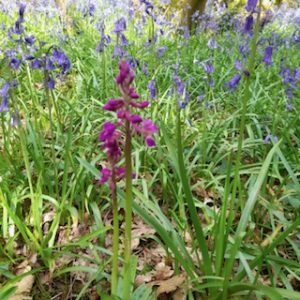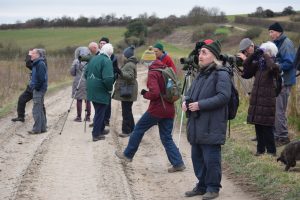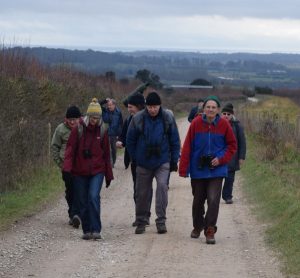In fond memory of their good friend and knowledgeable Committee member Tricia Hall, members of Ferring Conservation Group met up at Warnham Nature Reserve in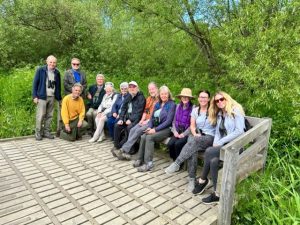 Horsham. The Reserve was a special place for Tricia and her late husband Mike, and it was good to have their two daughters, Jackie and Amanda join the Group – it is planned to make this an annual event during the month of May.
Horsham. The Reserve was a special place for Tricia and her late husband Mike, and it was good to have their two daughters, Jackie and Amanda join the Group – it is planned to make this an annual event during the month of May.
Members headed towards the impressive Discovery Hub where Chairman David Bettiss spoke about Tricia’s outstanding contribution to the Group and how much members had learnt from her over the years. It was agreed by everyone that she is sorely missed and it will be a struggle to keep up her high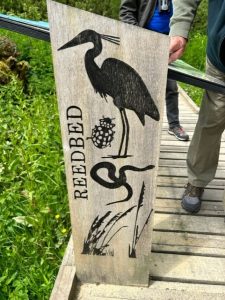 standards.
standards.
Led by Clive Hope members entered the first hide to view the numerous bird feeders where a greedy male pheasant alongside a Stock Dove were foraging for loose seed on the ground, Great and Blue Tits, Greenfinches, and a Goldcrest were happily consuming seed from the feeders while Clive alerted the Group to the sound of a nearby Blackcap.
A pair of Great Crested Grebe with two young ‘grebelings’, a Greylag Goose, 4 Heron, a Moorhen, Coots, Mallards, Herring Gulls, a Lesser Black-backed Gull, and a pair of Common Terns were all spotted as the Group passed by the millpond.
In the Shelley Wildlife Garden and alongside the boardwalks the Cow Parsley was particularly evident together with Yellow Archangel, Red Campion, Ragged Robin, Greater and Lesser Stitchwort, Bugle and Meadow Cranes Bill. Also Marsh Marigolds, Germander Speedwell, Cuckoo Flower, Yellow Rattle, Hemlock Water Dropwort, Flag Iris and Ladies Bedstraw (these frothy, yellow flowers have sweet, honey-like scent and have many medicinal uses).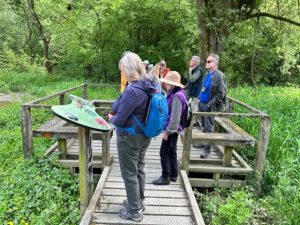
At a further hide the Group were greeted by the sight of Reed Warblers, Chiffchaffs, a Song Thrush, a pair of Blackbirds, a Wren, a Robin and a male and female Great Spotted Woodpecker were busy at the feeders together with a Marsh Tit, a Woodpigeon, a Magpie, a Crow and a few Starlings.
As the Group headed back they could hear a loud commotion coming from the direction of the millpond. As their curiosity got the better of them they headed towards it and were rewarded by the fascinating display from a group of Marsh Frogs noisily proclaiming their places in the millpond (to make this noise they inflate two vocal sacs making them look like they are blowing bubble-gum out of their ears).
Members took advantage of the Heron’s Rest Café to enjoy refreshments, and all agreed that Warnham Nature Reserve is indeed a special place and a fitting and peaceful environment in which to remember such a talented couple.

